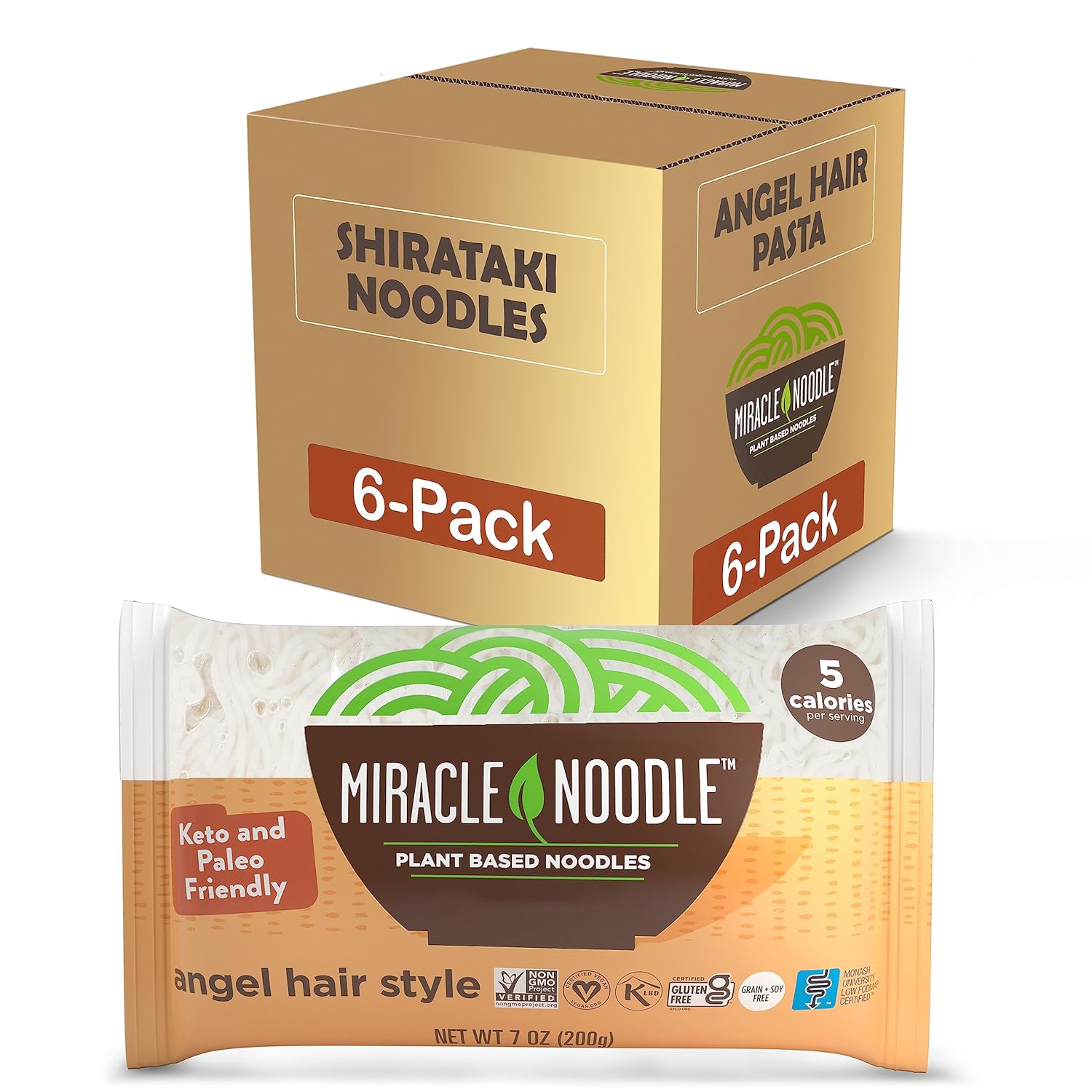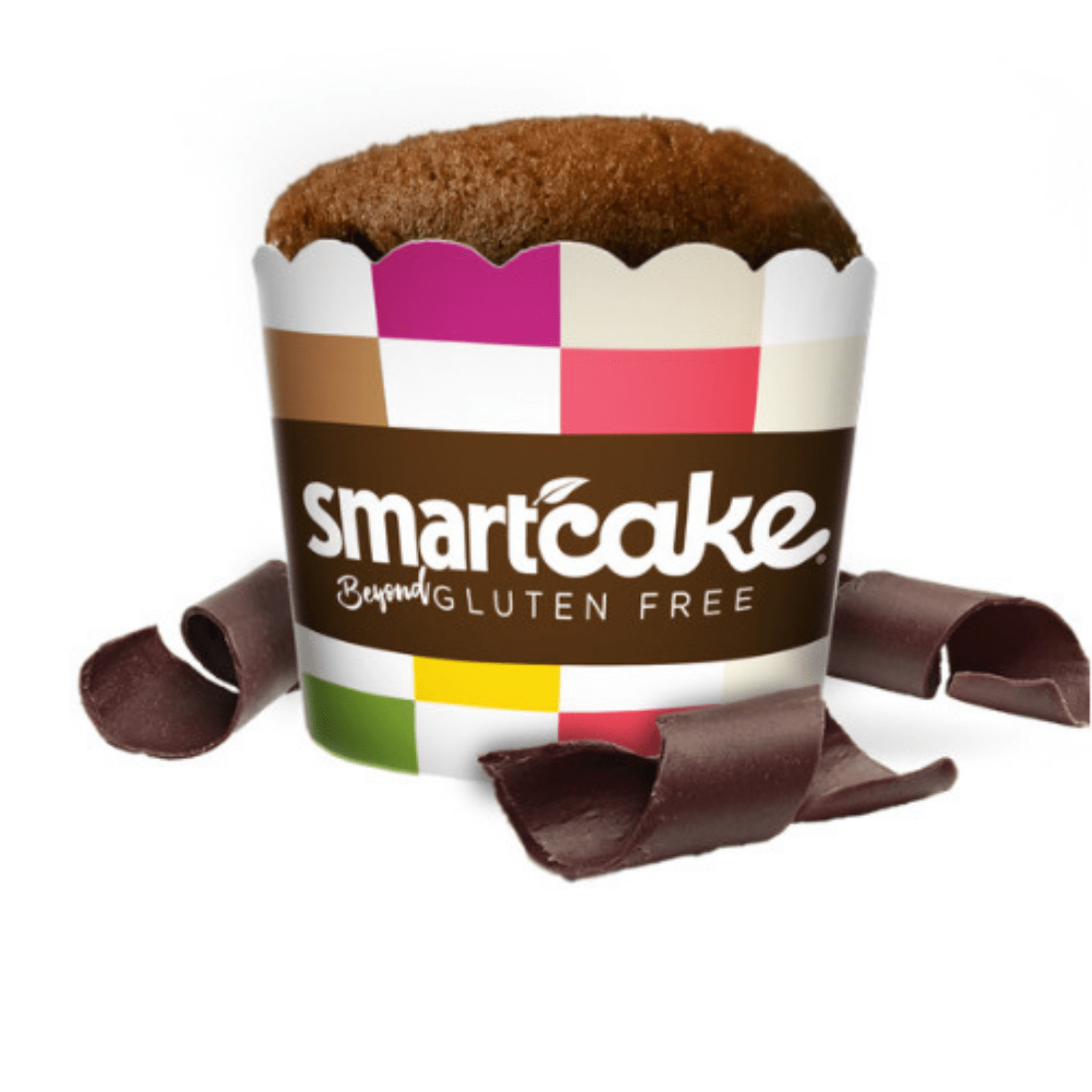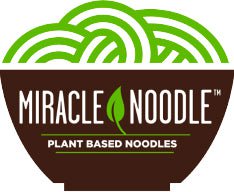In order for you to accomplish your weight loss goals, it’s easier to digest nutrition information in smaller pieces (excuse the pun). Here is a continuation of the first tips on learning how to prevent energy crashes after eating.
3 Macronutrients 3 Times a Day
This first tip is actually a refresher from the previous tips, but it begs review:
Combine all three macronutrients at each meal. Don’t know what a macronutrient is? It’s a fancy word that nutritionists use when referring to protein, carbohydrates and fat. When eaten in the correct proportions and at regular times for breakfast, lunch and dinner, the three macronutrients provide you with rock-steady energy throughout the day.
Here’s why eating breakfast is important. Most busy Westerners who don’t have time for breakfast eat perhaps only a slice of toast and drink a cup or two of coffee. The toast, most likely comprised of wheat, will burn up quickly, not providing long-lasting energy.
And though the coffee might make you feel alive for a couple hours, you’ll probably need more otherwise you’ll crash. Excess caffeine can lead to a host of health problems including hormonal imbalance.
A simple solution to making this breakfast complete would be to add a whole egg to the toast. One whole egg supplies about 6 grams of protein and 4.5 grams of healthy dietary fat. Don’t be afraid to eat the yolk (more on this at the end).
Don’t go five hours without eating during the day but try fasting on occasion
Although the research is mixed on whether or not meal frequency is important, it’s probably best to not go more than five hours between breakfast and lunch, and lunch and dinner. This is especially true during the week when your brain needs a steady supply of the three macronutrients to function properly at work.
Some research suggests that obese individuals do better when sticking to three meals a day, with all three meals containing roughly the same calories.
Occasional fasting can be just the metabolic reboot your system needs to start anew. (See our blog on fasting.) This is especially true if you have not been eating healthy (too much sugars or fried food, for example). Fasting can give your liver and detoxification system a breather.
You don’t need to fast for days on end. One easy way to lose weight is fasting for at least 12-14 hours each day. Finish eating your last meal or healthy snack (half an apple with a tbsp. of almond butter, for example) by 8 p.m. and then eating breakfast at 10 a.m. is a 14-hour fast.
Though fasting is healthy, if you’re a busy worker bee, and even if you eat a balanced breakfast at 7 a.m., if you wait until 2 p.m. you may succumb to an energy crash or cravings either before or after lunch. So try, if you eat at 7 a.m., to eat lunch at noon.
Eat more to lose weight?
Most people typically do not eat enough at breakfast and lunch. By dinner time, the earlier caloric deficit results in overcompensation by going for seconds or third rounds of spaghetti or mashed potatoes, or other high-starch carbs.
That’s why Miracle Noodle is great for dinner. You can literally have seconds, thirds, or even fourths and fifths. If you’re combining Miracle Noodle with low-starch veggies like broccoli, asparagus, grilled onions, wild mushrooms, green beans (basically most veggies other than white potatoes and corn) and a small portion of lean protein, you can eat until you are full.
Which brings us to another tip….
Eat until you’re almost full
In the preceding tip, we just told you that when you eat Miracle Noodle with healthy veggies and a little lean protein, you can literally eat until you are full. That’s true. But don’t eat until you are absolutely stuffed. Eat until you are about three-quarters full and then you should feel content.
If you eat until you are stuffed, you will probably feel lethargic. Remember, the name of the game is to eat as much nutrient-dense foods as possible while eating the least amount of calories.
Miracle Noodle’s pasta substitutes are either zero calories or just a handful at most. Vegetables are usually very low in calories as well, per serving. A three- or four-ounce serving of lean protein contains only approximately 250 calories, so you can see how easy it is to get full on veggies, protein and Miracle Noodle while eating a low-calorie diet, yet feel content and not deprived.
Stay tuned for Part 3 of learning how to prevent energy crashes!
Save 15% on Miracle Noodle With Every Order!
Meeting your weight loss goals will be a whole lot easier when you go on the Miracle Noodle Auto Ship program. Select how often you want Miracle Noodle delivered and what products, and you'll save 15% on every order.




1 comment
Great idea.As an aging diabetic who is allergic to dairy and gluten products, I’m happy there’s a low carb alternative!